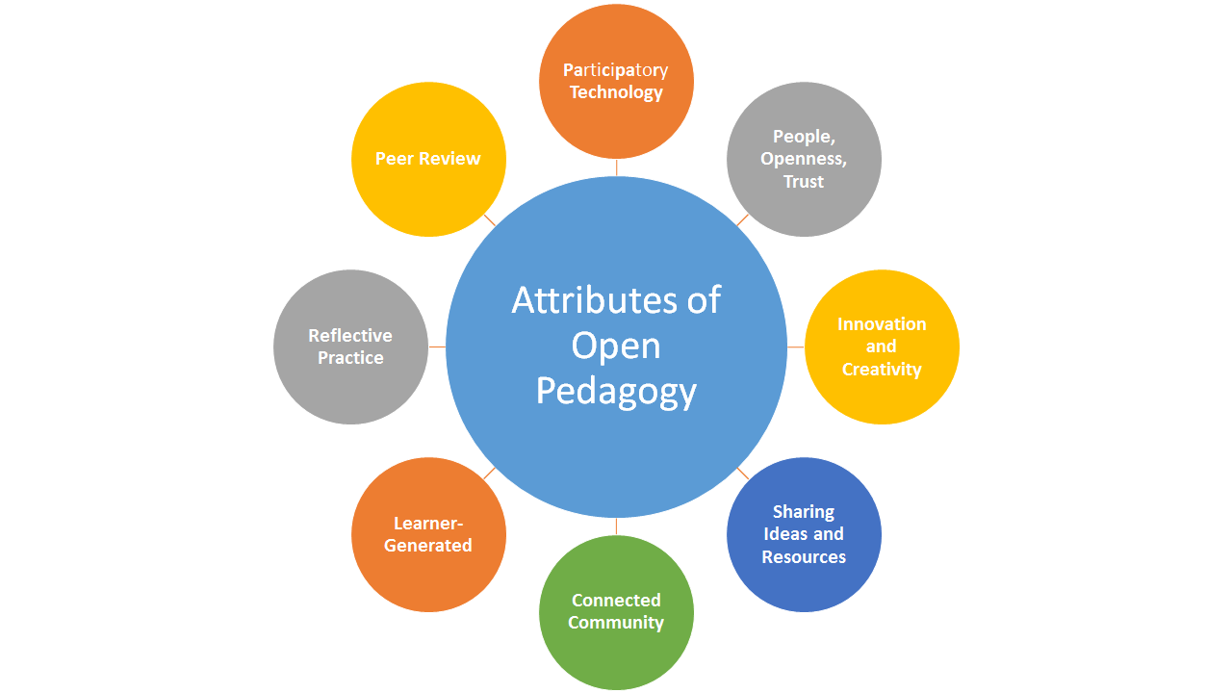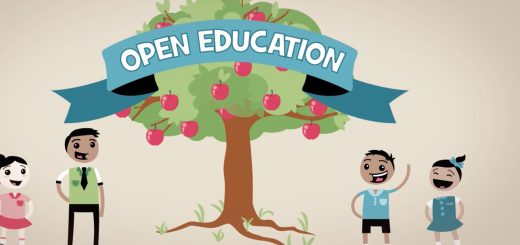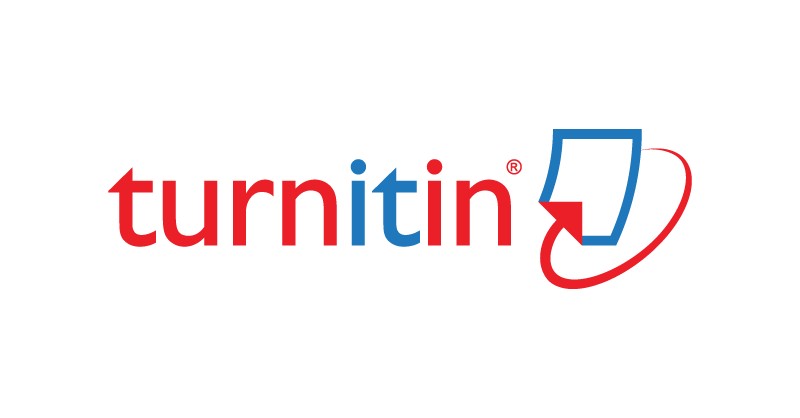Showcase: Open Pedagogy

Thinking of my past ten years of education, I realized I might depend too much on the textbook. Most of our learning is from the textbook. The teachers usually use books as an intermediary; they repeat the concept of the textbook and ask students to do the practice question to make student pass the test. As a result, most students are just knowing how to use the specific formula or the methods to answer the question in the textbooks, they might be lacking the process of peer review or exchanging ideas with other colleagues. When I think of it, I got a question in my mind, how can we be creative when we only study within the textbook? Also, we are forced to pay a huge amount of books fee every semester, and that is additional fees besides our tuition. Not all families could afford this big amount of money for school. Even financial issues is not a big deal, I still believe students should accept more open education instead of textbook study, and instructors should provide more chances to the student for thinking out of the boxes. Open education can help the student better develop their creativity. We can use open educational resources (OER) as much as possible to support our learning and sharing and peer reviews of teaching practices to improve education and training at the institutional, professional, and individual level (BC Campus).
Open Pedagogy
When we talk about the open pedagogy, there are eight distributions of the open pedagogy. In my opinion, reflective practice and Connected Community, as well as innovation and creativity are the three most valuable retributes in open pedagogy which benefits my learning journey. To me, an introverted person, I was not getting used to express myself in front of people. However, as a new kind of study style, open pedagogy develops my study skill a lot. Also, when I work with others, share ideas or do the peer review, I become much more comfortable to express myself and come up with much more valuable ideas.

Learning to be a reflective student is valuable investment that pays off practically in my day-to-day learning. Learning is not only by the teachers but also by peers. It strengthens my ability to think through and act on the complex issues I continually face in daily life. “Reflection was also part of the Cop model used in 35 mobile Web …. could “support learner interactivity, collaboration, communication, reflection and interest” (Hegarty, 2015). I believe reflecting with a group of people offers a richer experience of camaraderie, multiple perspectives, deep understanding, and shared enjoyment of our work together. When I was in Camosun college, I had one indigenous course. We always sit in a circle and shared our ideas and thoughts. It was a safe and open space for everyone in the group to express their thoughts. We often have a facilitator to keep the group process moving forward with the task on hand. I think facilitator is the most important part of the community of practice because he invites every group member to tell their own story or share some useful resources for others. They point out the connections between people’s ideas. They can also contribute stories and examples related to the topic. Students could learn a lot in the process of exchanging ideas and stories.
Also, the feedback from peers, a critical friend is very meaningful as well. One of the most widely used definition of a critical friend comes from the work of Arthur L.Costa and Bena Kallick, who describes a critical friend as “a trusted person who asks provocative questions, provides data to be examined through another lens, and offers critique of a person’s work as a friends… therefore, must begin through building trust.” (Costa,1993). In our group learning, a critical friend questions, provokes, brings forth different perspectives, and help participants consider opportunities and possibilities for improving our practice. I always benefit from a critical friend because it scaffolds my new learning. Also, with the help of my critical friend, my final practice won’t be better than I imagine. I think the critical friend challenge others to see themselves as a researcher in the teaching and learning process.

About EDCI 339:
As we are taking the course EDCI 339, we have a chance to experience a new kind of open education. This course include a lot of group things with your learning Pods and Partners to review and plan your each Post. These feedback and precious suggestion by our colleagues make us reflective and make my work be more creative.
What did I add from my original post?
When I read the post4 the open pedagogy again, I noticed that a great open pedagogy should not live without creative thinking and innovation.So I mention the importance of creativity in my showcase. Also, I have introduce my past ten years education which focus too much on the textbooks, in order to emphaise that I benefit a lot from the open pedagogy.
Reference
Hegarty, B. (2015). Attributes of Open Pedagogy: A Model for Using Open Educational Resources. Educational Technology,55(4), 3-13. Retrieved from http://www.jstor.org.ezproxy.library.uvic.ca/stable/44430383
Costa, Authur L., and Bena Kallick. (1993). “Through the lens of a critical friend.”
Educational Leadership 51 (2): 49-51
BCcampus. (n.d.). What is open pedagogy? Retrieved from https://open.bccampus.ca/what-is-open-education/what-is-open-pedagogy/
Image 2 from http://www.jstor.org.ezproxy.library.uvic.ca/stable/44430383
Image 3 from http://www.thedsu.ca/blog/students-applaud-open-education-resource-funding/



